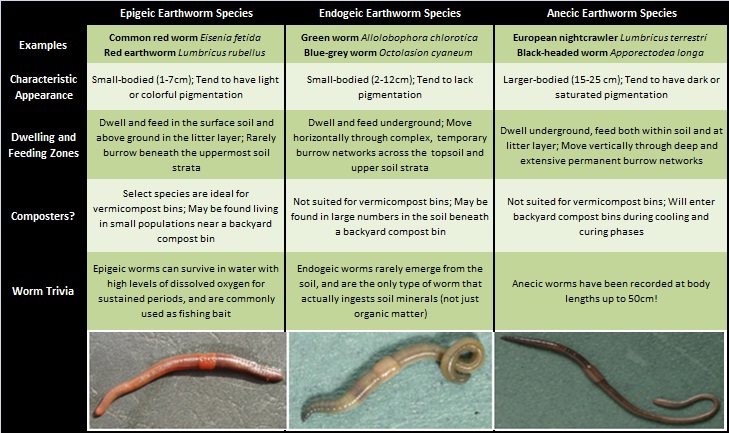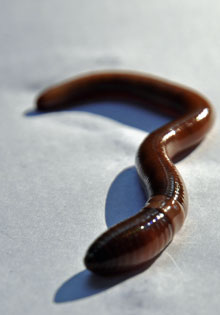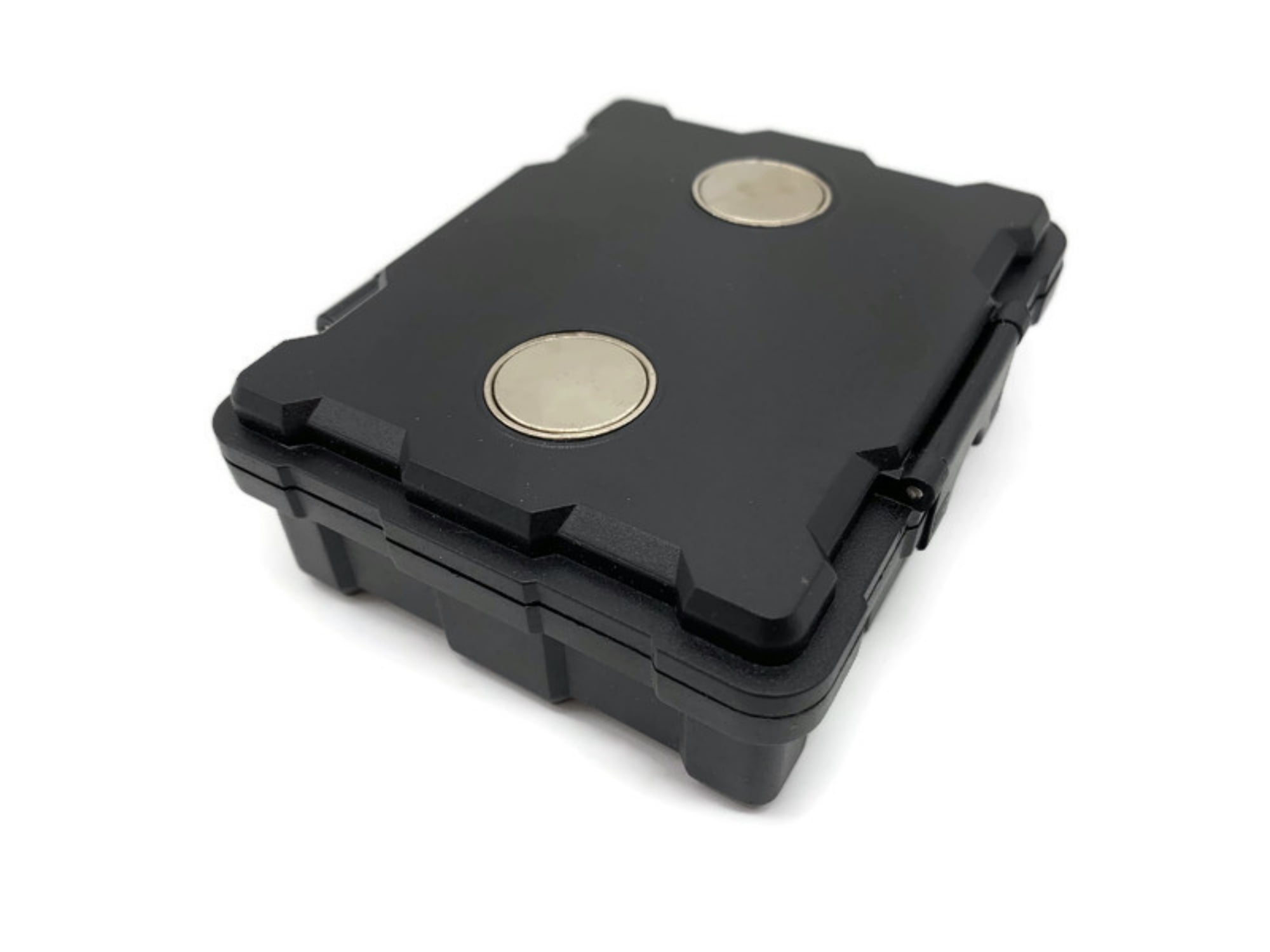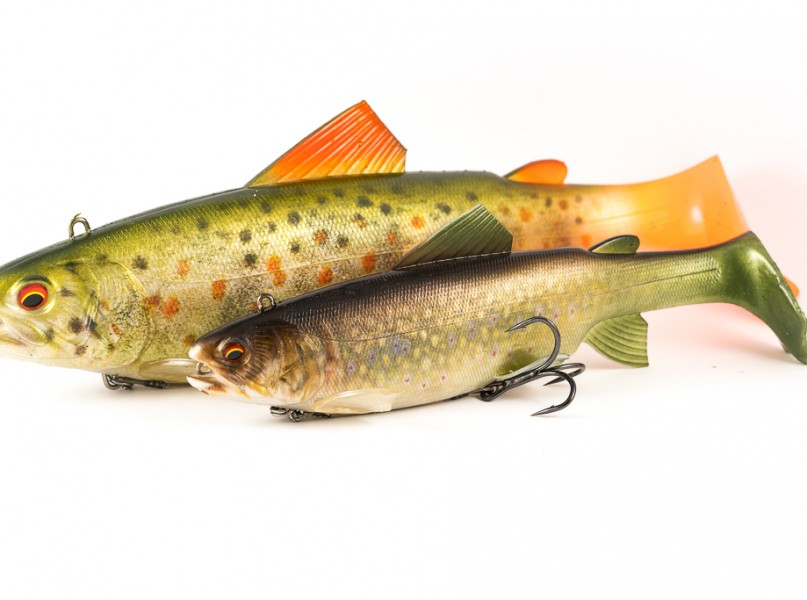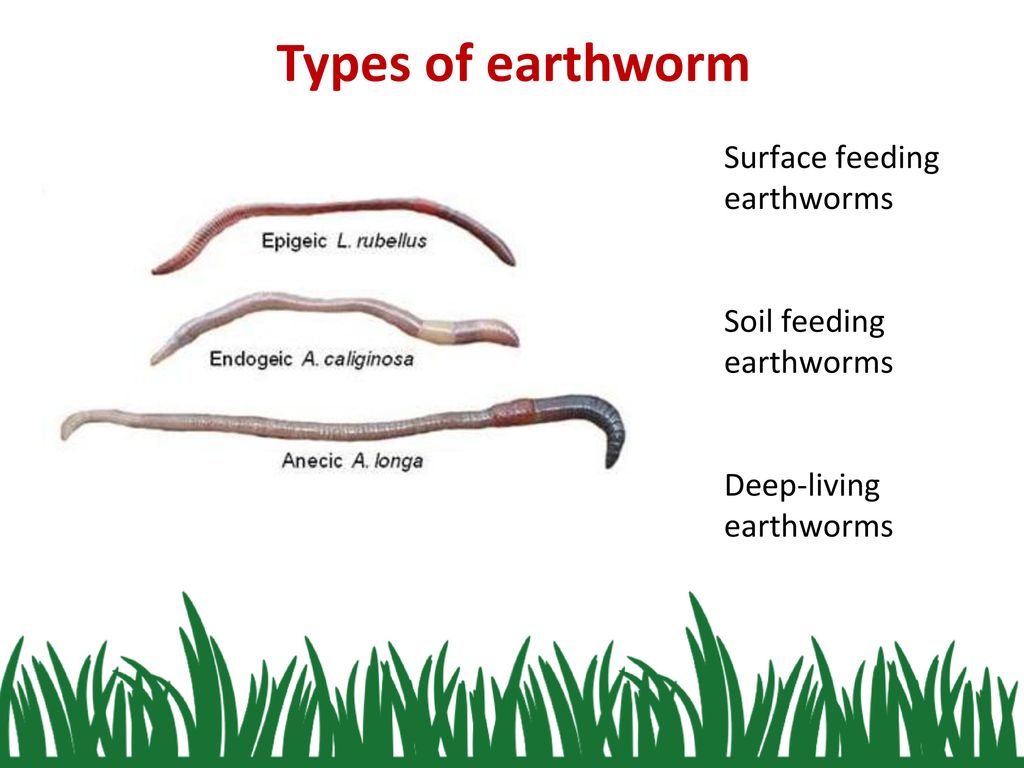
What is Earthworm Watch? A Citizen Science project to record earthworms and soils. We will record the different kinds and number of earthworms. Earthworm Watch is a citizen science survey brought to you by Earthwatch and the Natural History Museum, in association with the Earthworm Society of Britain. Data about earthworms is severely lacking and this is particularly so in urban areas, despite the large percentage of urban space taken up by gardens and green spaces. Earthworm Watch needs your help to tell us about the earthworms in your area so that we can better understand where they are, what they do, and how our management of soil might affect them. This is a real opportunity for anyone to get involved in a meaningful scientific research project. We will learn how important earthworms are for healthy soils.
Feeds on soil or fallen leaves and dead plants on the soil surface. Senses the world around them by moving, touching and responding to vibrations in the ground. The term Earthworm refers to a specific group of invertebrates that live in or on top of the soil. They have permeable skin and they need a moist environment so they don t dry out. Earthworms don’t have eyes to see like we do, instead they can feel their way through the soil using the vibrations in their habitat, and move by pulling and pushing themselves along with their muscular bodies, using tiny hairs on their body so that they can grip the soil around them. To tell if an earthworm is an adult, we look for a thickened section on their body called the clitellum, or saddle. You can find the saddle about 1/3 of the way down the body, closer to the head than the tail.
Deep-living earthworms. The different species of earthworm have individual requirements just as a dog has from a cat, some earthworm species live in compost, some live in permanent burrows deep down in the soil, others are happy with the middle ground and make complex networks of tunnels as they explore the earth. Epigeic (surface feeding) earthworms. Epigeic earthworms live on the surface of the soil in leaf litter. These species tend not to make burrows but live in and feed on the leaf litter. They are often bright red or reddy-brown, but they are not stripy. Endogeic (soil feeding) earthworms. Endogeic earthworms live in and feed on the soil. They make horizontal burrows through the soil to move around and to feed and they will sometimes reuse these burrows. Endogeic earthworms are often pale colours, grey, pale pink, green or blue. Some can burrow very deeply in the soil. Anecic (deep living) earthworms. Anecic earthworms make permanent vertical burrows in soil. They feed on leaves on the soil surface that they drag into their burrows. They also cast on the surface, and these casts can quite often be seen in grasslands. They also make middens (piles of casts) around the entrance to their burrows. Anecic species are the largest species of earthworms in the UK. They are darkly coloured at the head end (red or brown) and have paler tails.
Earthworms live in burrows in the soil and this helps create space for movement of air and water. Earthworms eat and move decaying plant material to improve soil fertility. Carbon can be stored in tiny fragments of leaves, micro-organisms and other plants in the soil. Earthworms are food for lots of other wildlife! Some soils store huge amounts of carbon. It is estimated that there is three times more carbon in soil than in all the vegetation and forests. A leaf falls from a tree, onto the ground and turns into soil. The soil provides nutrients to the tree, which thereby can form new leaves. Decomposition, that is decay, occurs in between, when the decomposers – tiny organisms, fungi and bacteria in the soil – eat up the organic matter and turn it into nutrients (a process called mineralization) and soil. Through decomposition, plants and small soil organisms are provided with food to grow and thrive. During decomposition, the greenhouse gas carbon dioxide (CO2) is released into the atmosphere. This gas can be taken up again by plants, thereby closing the carbon cycle. However, carbon dioxide is a so called greenhouse gas, as it’s concentrations in the atmosphere determine global warming. The tiny decomposers in the soil depend on different factors in their environment as they do not have a thick skin or cloths to help them to, for instance, have a constant body temperature. Therefore, decomposition is slower in cold climates and faster in warmer climates. This also means that in colder climates, less carbon dioxide will be released into the air and more is stored in the soil. The decomposition rate depends on: ® Environmental conditions (humidity, acidity, the amount of nutrients in the soil, temperature). These factors affect the activity of the microorganisms; how fit they are and how much food they need. ® The chemical properties of the material that is going to be decomposed (e.g. a branch compared to a flower or plastic compared to paper). This is because microorganisms prefer some materials over other. Just like us humans, microorganisms love to eat sugar but are not so fond of harder materials like wood. ® Which decomposers are present. Mites, worms, fungi and bacteria all break down the different parts of the plant material at different speeds, as each of them has its own preferences.
Buildings all over the world, from America, England to Africa have been made using soil. ½ of the world’s population live or work in buildings made of soil. The nutrients in our soils allow farmers to grow their crops successfully. As the number of people on our planet increases, it is important to take care of our soils as demand for food will rise. With the help of earthworms, soils can absorb and store water like a sponge, which helps to reduce flooding. If soil becomes too solid the water will drain away more slowly, increasing the chance of flooding. As water passes through the soil it is filtered and cleaned – protecting streams and rivers from harmful pollution. A small patch of soil just 1 metre sq in area can hold a billion living things. These include insects, spiders, worms, centipedes, mites, fungi, and tens of thousands of bacteria. These creatures help to recycle and add nutrients to the soil, which in turn helps plants to grow.
School grounds. Garden. Park. Nature reserve. Allotment.
Step 1. Collect all your equipment and the instructions. Step 2. Choose a suitable site for your earthworm survey. Step 3. Dig your first soil pit, count the earthworms, and then do the mustard test. Step 4. Categorise your soil. Write down your observations on the recording form.
Step 5. Return the earthworms to the soil and fill in your pit. Step 6. Repeat for soil pit two (note how far away in metres you are from soil pit 1). Step 6. Upload your results:
Hello! My name is Victoria Burton and I am an earthworm scientist at the Natural History Museum! I am asking you to take part in Earthworm Watch and submit your results to us on our website. With lots more data from around the UK we can understand more about the diversity of earthworms and understand how their actions contribute to healthy soils!
How else can you get involved
Time to do Earthworm Watch!

Introduction To Earthworms
Looking for background information about earthworms and their life cycle? This is the set for you! There are a total of 17 slides, formatted as a PDF

Earthworms ~ An Interactive PowerPoint Presentation of their Life Cycle

Adorable 3D Cartoon Worm Design - Perfect For Kids And Animation Enthusiasts PowerPoint Template, Backgrounds & Google Slides - ID 0000055128
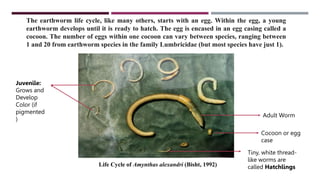
Earthworms.pptx

Earthworms. - ppt video online download
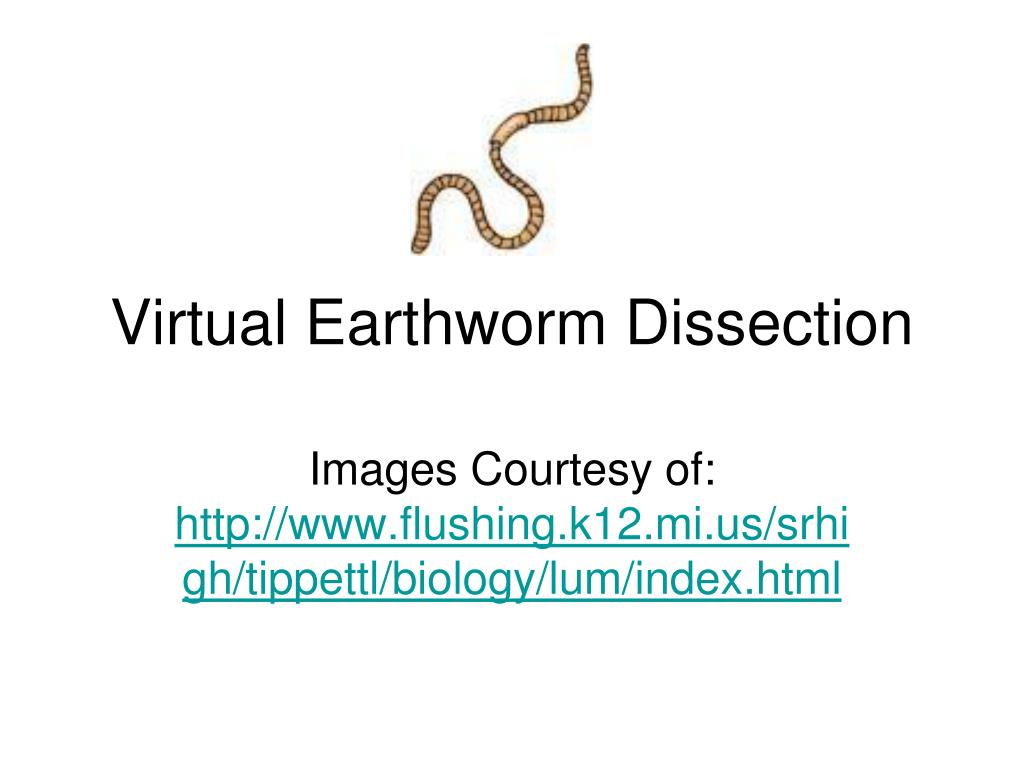
PPT - Virtual Earthworm Dissection PowerPoint Presentation, free download - ID:6859968

Earthworm, PDF, Zoology

PPT - EARTH WORM PowerPoint Presentation, free download - ID:1192682

PPT - Worms ! PowerPoint Presentation, free download - ID:1463843

Worms and Caterpillars Google Slides & PowerPoint
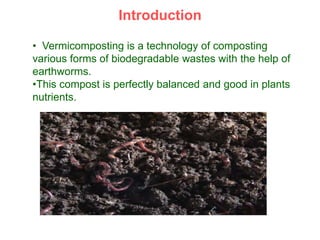
Earthworm.ppt

Earthworm Reproduction, Anatomy, and Life Cycle
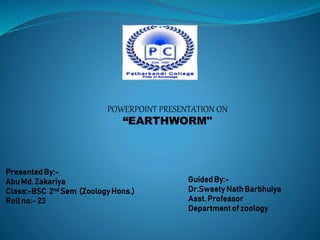
EXCRETORY SYSTEM OF EARTWORM PPT.pptx
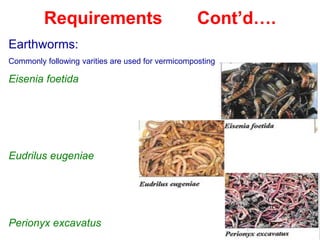
Earthworm.ppt

PPT - Earthworm Dissection PowerPoint Presentation, free download - ID:2810716
